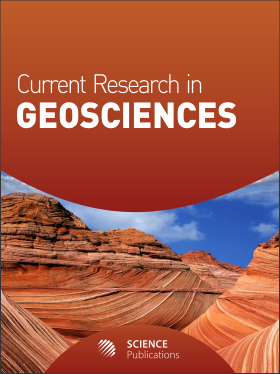Contribution of Remote Sensing in the Estimation of the Populations Living in Areas with Risk of Gully Erosion in Kinshasa (D.R. Congo). Case of Selembao Township
- 1 University of Lubumbashi, Congo
- 2 University of Kinshasa, Congo
- 3 China University of Geosciences, China
- 4 Université Libre de Bruxelles, Belgium
Abstract
This paper proposes a methodology combining very high spatial resolution satellite image, GIS and field surveys to estimate the number of people living in areas at (high) risk of landslides or gully erosion in Selembao (Kinshasa). It also gives their socio-economic characteristics. Results show that 185,000 out of the 314,699 inhabitants estimated in Selembao (58.3% of the population) live in areas at high risk of gully erosion. There are in the spontaneous neighborhoods built on steep areas (slope >10%). The study of the socio-economic characteristics shows that these inhabitants belong to the modest socio-economic category (self-made bricklayers, seller at the markets and street traders selling food stuff). The level and nature of their income led them to have residential integration strategic restricted to hazardous areas where land prices and rents are more attractive.
DOI: https://doi.org/10.3844/ajgsp.2016.71.79

- 4,779 Views
- 2,123 Downloads
- 1 Citations
Download
Keywords
- Remote Sensing
- Gully Erosion
- GIS
- Estimation of Population
- Hazardous Area
- Kinshasa
